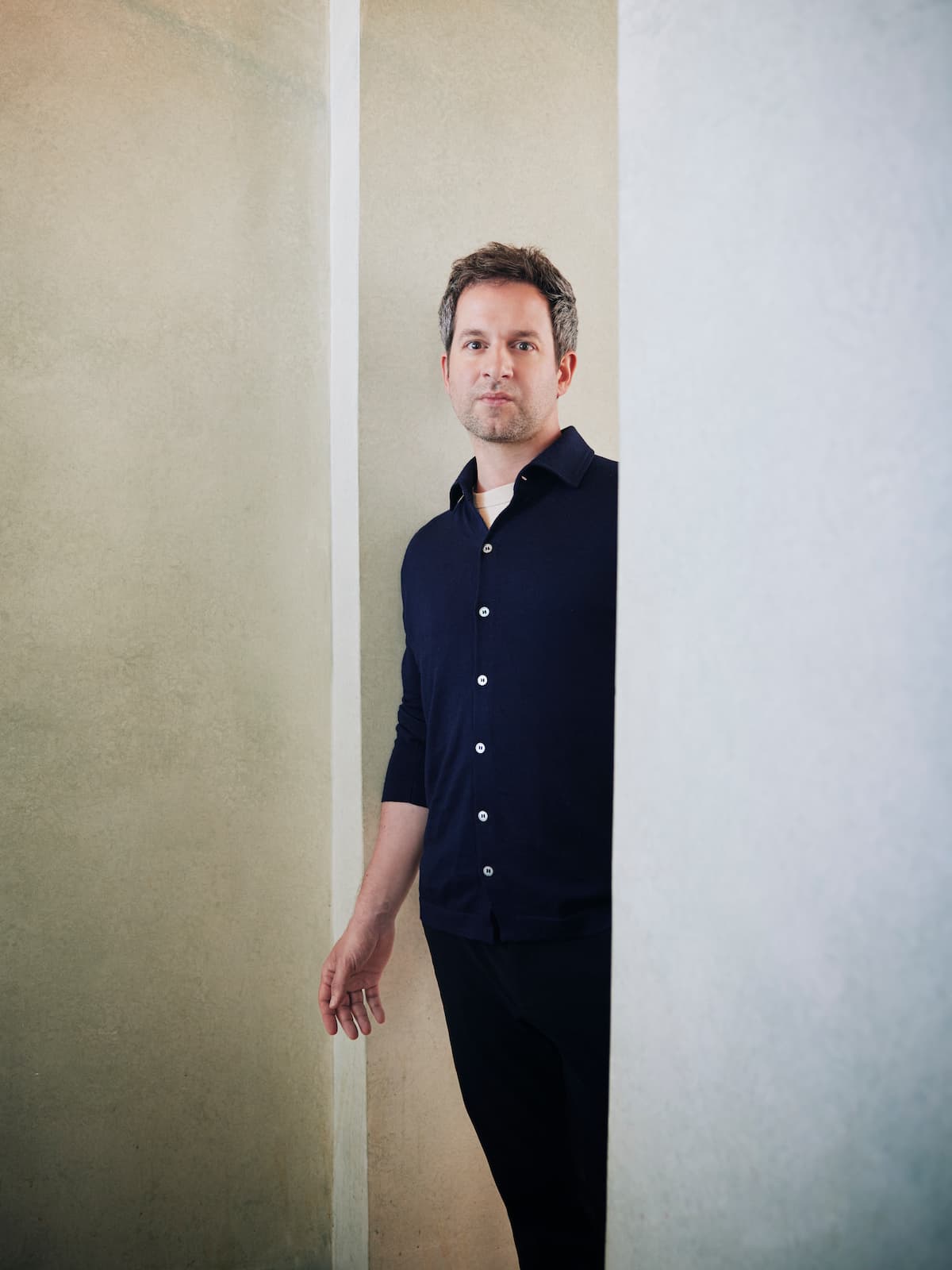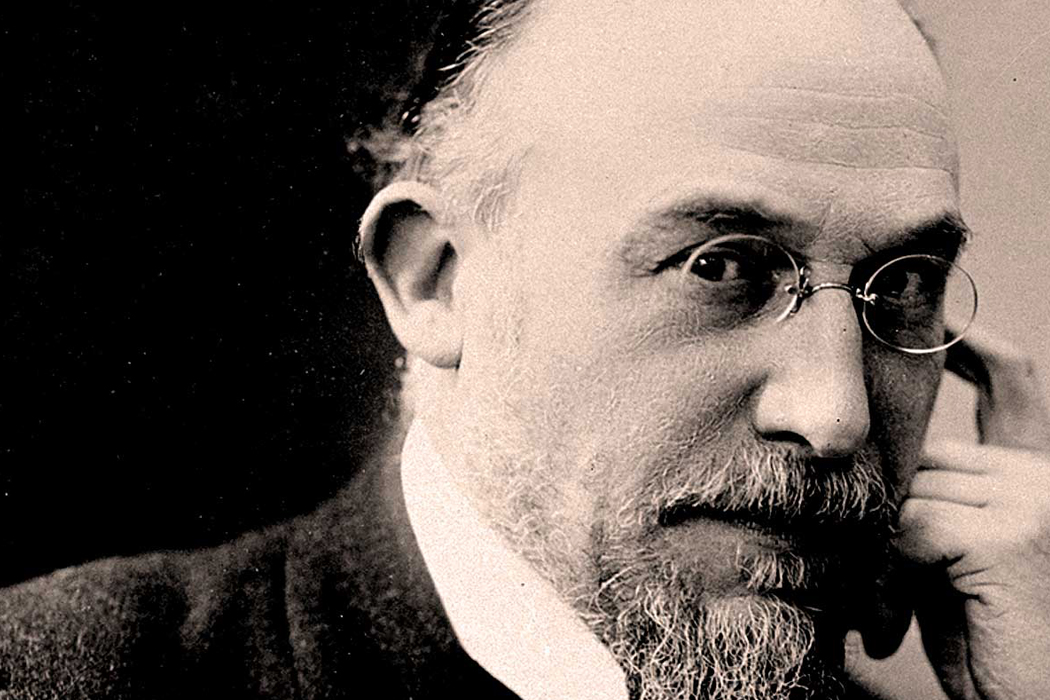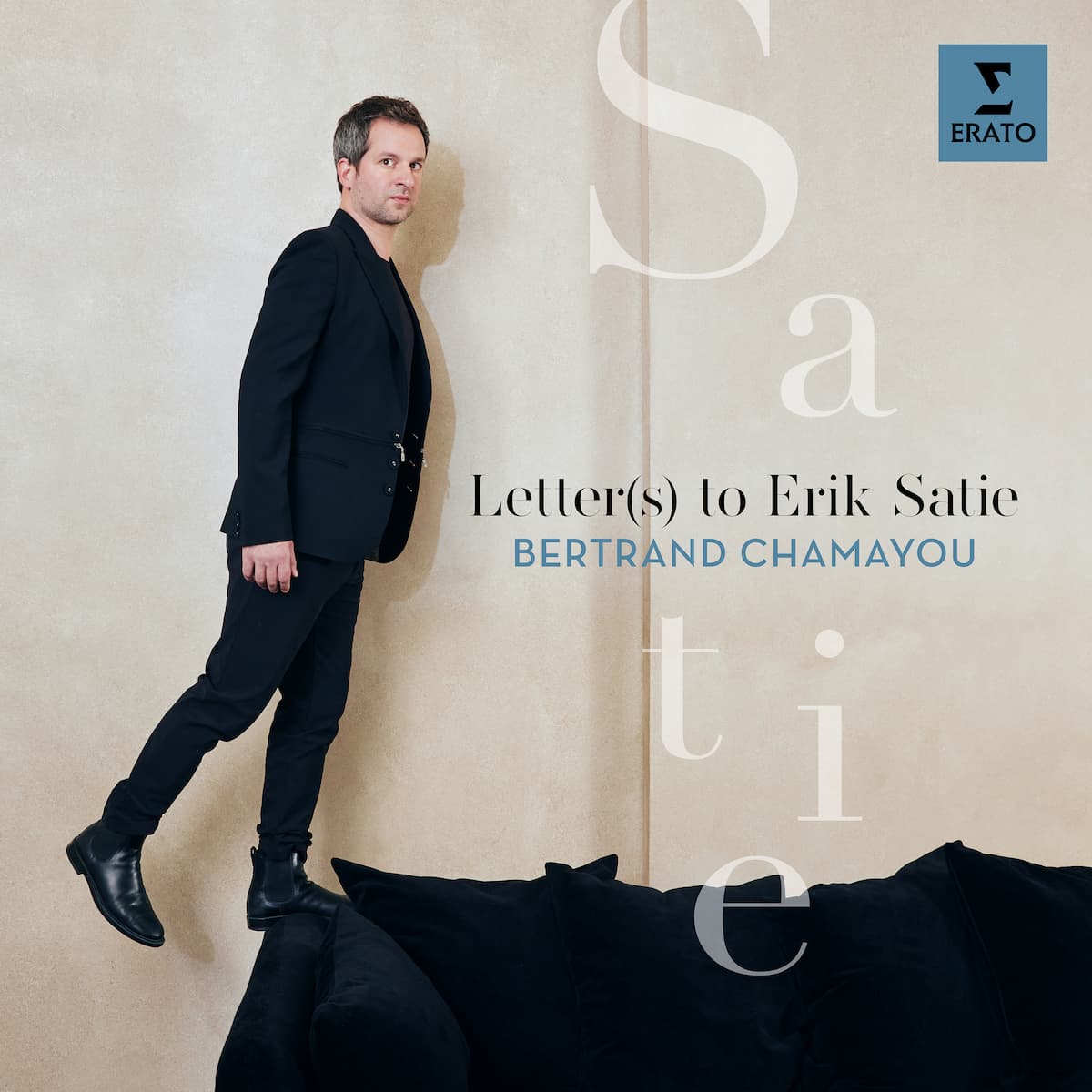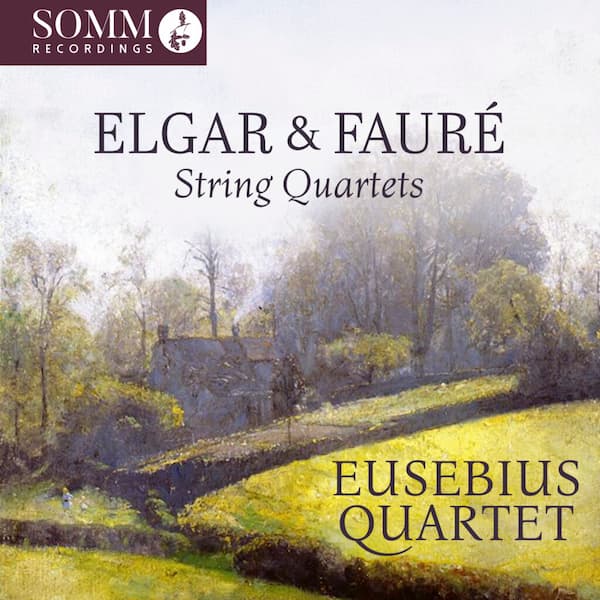French pianist Bertrand Chamayou’s latest album features works by two musical mavericks, Erik Satie and John Cage.

Bertrand Chamayou
“Erik Satie and John Cage are UFOs in the world of music, because they envisioned music through a completely different prism,” says Chamayou. “They are pioneers in the sense that, for many people, they changed the very idea of what music must be.” With this album ‘Letter(s) to Erik Satie’ – named after a 1978 work by John Cage, conceived for voice and tape loops – Chamayou pays tribute to these two idiosyncratic, innovative, and influential composers, one born in Normandy in 1866, the other in Los Angeles in 1912.
Satie is best known for his otherworldly Gymnopédies and the hypnotic Gnossiennes; Cage for his works for prepared piano and the infamous 4’33”. Both composers challenged tradition and received wisdom in composition, and their influence and legacy are very present today. Cage admired Satie to the extent that he put on a festival devoted to Satie’s music and was responsible for the first performance of Vexations, where a short piano piece has to be repeated 840 times over the course of 18 hours.

John Cage preparing a piano
There is nothing vexatious about this collection: it is dreamy and haunting, intimate and intriguing. The album opens with a rarity, John Cage’s All Sides of the small Stone, for Erik Satie, which was rediscovered in 2015 among the papers of the late composer and Cage pupil James Tenney (whose piece Three Pages in the Shape of Pear is included on this album). It’s a very Satie-esque work, recalling the serenity and harmonic simplicity of the Gymnopédies, with a bass line pattern that is a direct nod to Gymnopédie No. 1. It provides the perfect opener, setting the tone of the entire album in which short works gently segue into one another. And while none of the other works by Cage on this album come quite as close to Satie’s soundworld, pieces like In a Landscape and Dream share Satie’s contemplative, introspective character, his beguiling harmonic language and hypnotic metres.
John Cage: All Sides of the Small Stone for Erik Satie and (secretly given to Jim Tenney) as a Koan (Bertrand Chamayou, piano)

Erik Satie
The challenge of these deceptively simple miniatures and enigmatic musical aphorisms lies in creating balance and weight, contrast and continuity, with a clear sense of the melodic line and pulse. Chamayou, a master of the intimate, achieves this brilliantly, bringing poise and poetry to music that is both very well-known (the Gymnopédies) and that which is not. He avoids cliché in his performance of the most well-known of Satie’s works and is not afraid to bring a more robust clarity of tone to the Gnossiennes, highlighting the idiosyncrasies and nuances of this fascinating music. We find a similar sparkling clarity in Cage’s In A Landscape, where bell-like motifs in the upper register chime like gamelans over an ethereal soundscape which takes the listener to another place and time.
Erik Satie: Gnossienne No. 4 (Bertrand Chamayou, piano)

Bertrand Chamayou – Letter(s) to Erik Satie
There is one of Cage’s works for prepared piano too, in which the instrument is given a curious, otherworldly sound – something which I am sure would have intrigued and amused Satie.
John Cage: Prelude for Meditation (Bertrand Chamayou, prepared piano)
The juxtapositions between the Cage pieces and those by Satie create an organic, intriguing homage from one composer to another, sensitively and imaginatively curated by Chamayou. The album works beautifully as both a recital disc but also as a continuous loop of music where new and different aspects of the music are revealed on repeated listenings.
Letter(s) to Erik Satie is released by Erato and is available on CD, vinyl and streaming.
For more of the best in classical music, sign up for our E-Newsletter




